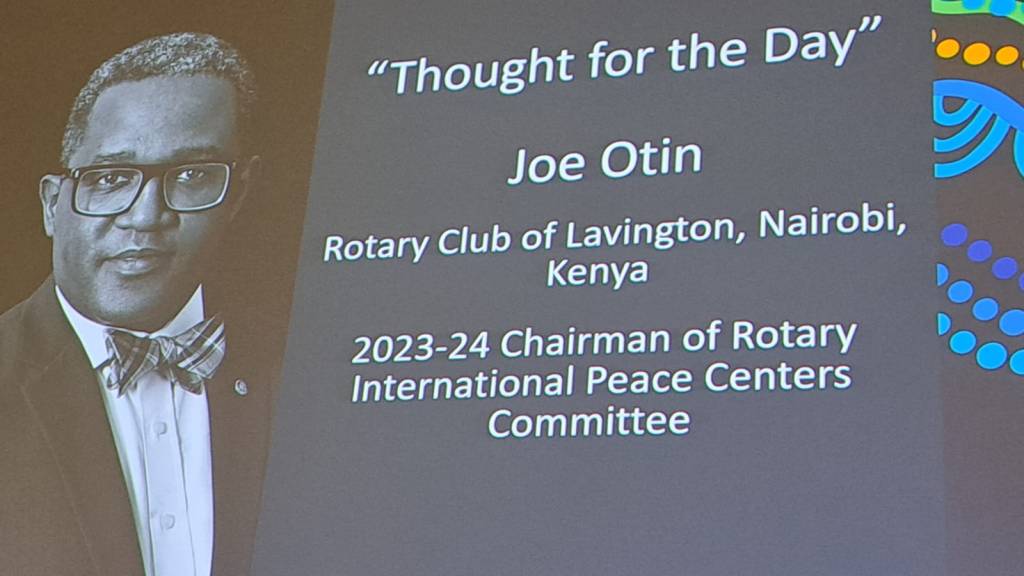“Historians and archaeologists will one day discover that the ads of our time are the richest and most faithful reflections that any society ever made of its entire range of activities,” said Marshall McLuhan as he reflected on the effects that the medium has on the message, and in this case the impact that society has on advertising. McLuhan’s work has returned to prominence in the digital age as humanity and technology have become seamlessly connected.
Ubiquitous access to the internet has provided brands with the possibility of reaching consumers throughout the day more effectively than at any other time in our history. In this environment the brands that have the most impact rely primarily on what Ogilvy calls the Big Idea, without which the advertising will pass like a ship in the night. They engage in the new forms of marketing communication that leverage on the medium through which they craft messages that drive engagement and connect with consumers in special ways.
It is a double edged sword because we can now also reject advertising instantly, even before we see it, putting the viewer fully in control and raising the challenge of the advertiser to deliver messages. We regularly skip the pre-roll advertising on YouTube, block ads on our social media pages and internet browsers, and hide brand posts on our profiles. Creative teams are under tremendous pressure to capture our attention in the first seconds of video or within crowded advertising sections of a website, and to do so without being intrusive or offensive.
We can now declare that we are in the age of Interactive Advertising based on the incredible body of work to understand this form of marketing communication, the technological advancements created in the digital age, and the significant changes in human behaviour around media consumption. Interactive Advertising is defined as the presentation and promotion of brands by an identified sponsor through mediated means involving mutual action between consumers and producers, and there are three important principles that guide successful campaigns of this form.
The first principle puts the consumer at the focal point of our communication strategy and we aim to understand their living standards, life-stages and psychographics so that we can improve our products usefulness and accessibility, and engage them with relevant content. The User-first approach seeks to tap into the emotions of our audiences and cleverly get into the conversations in their networks in order to stay top-of-mind when specific needs arise. User-first focuses on creating content that they can identify with, find entertaining and informative and is easy to share and add as part of their collections that form their social media profiles and define ‘virtually’ who they are. It begins by intently listening to them through research and Social Listening so that we can understand what they think of our category, and how they talk about our brand, and it is upon the findings that we build our digital communication strategy.
The second principle hinges on a connected world based on communication technology that runs around-the-clock with 3.4 billion people accessing over 1 billion websites, 3.5 billion Google searches per day, and 31 trillion emails sent over the past 12 months. Technology companies are the most valuable in the world because of our need to stay connected, and this need results in jokes about updating Maslow’s hierarchy of needs to include Wifi, Internet and Smartphone Battery Charge below physiological needs like food, shelter and clothing! Brand touch-points have increased a hundredfold and Google’s Micro Moments bring these opportunities to life.
The third principle is result-oriented and demands impact from the Interactive Advertising activities employed. It is the realisation of connecting with our target audiences in a relevant way, and turning those conversations into brand trial, usage, preference, loyalty, recommendation and, the most coveted, brand love. The effects must be felt both virtually and in reality, and the measures of brand health, marketshare, communication effectiveness and shareholder value should benefit.
Marketing communications has always been about making people think, feel and act, and ultimately behave in a manner that supports our brands. Interactive Advertising is the means to engage audiences, both actually and virtually, in conversations and activities that enhance their lifestyle through brand experiences. When using this form of advertising remember to place the customer at the front and centre of your strategy, to leverage on a connected world, and measure the results frequently.





Leave a comment